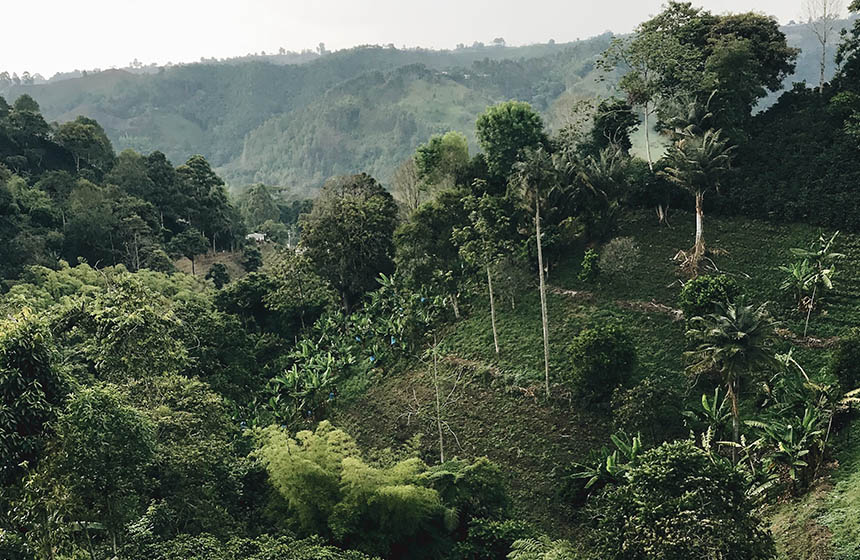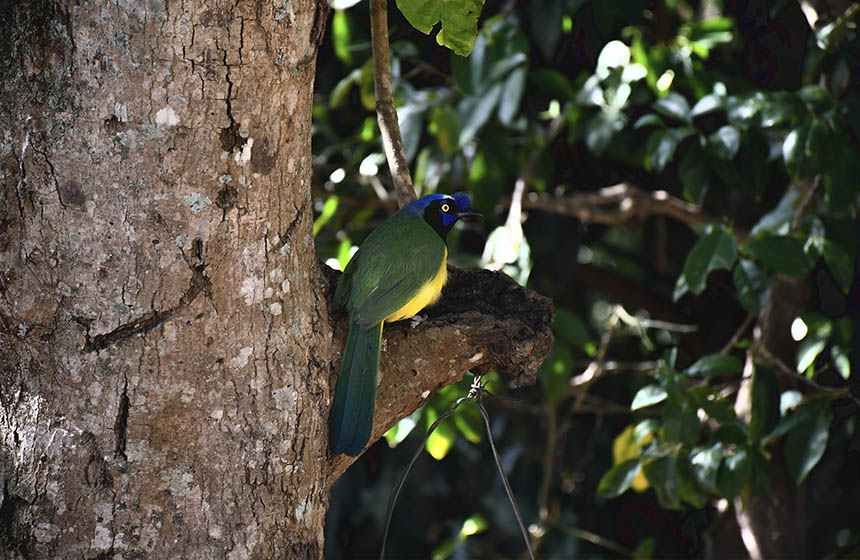Indigenous land rights claim expels drug trafficking and improves local livelihoods through sustainable agriculture
The Inga indigenous people drove the Wausikamas Movement to create an alliance with the Colombian government to reclaim rights to tens of thousands of hectares of ancestral land through the expulsion of drug-related activity in the area. The Inga reforested and regenerated land that had been degraded as a result of poppy cultivation and established various livelihood options from organic crop cultivation.
Nature-based Intervention:
In the midst of armed conflict, the indigenous Inga people in the village of Aponte successfully regained their rights to 22,283 hectares of their ancestral land. Practically, this was achieved through their Wausikamas Movement which created an unprecedented alliance with the Colombian government to compensate the Inga people for removing drug plantations from their land. The Movement has created a Tribunal to support other indigenous communities in the area claim their rights to ancestral land and expel the conflict-laden and violent intrusion of the drug industry. The Wausikamas Movement expelled guerilla groups, paramilitaries, and armed drug trafficking groups before designating 17,500 hectares as sacred area.
Overview of context and outcomes:
On their reclaimed land the community cultivates organic food using organic fertilisers and regenerate and reforest areas that had previously been affected by poppy plantations. They focus on cultivating coffee, banana, sugarcane, fruit trees such as orange, avocado, tomato, lulo, lemon and soursop, and timber such as myrtle, oak, Colombian pine and guayacán.
Case effectiveness on
Climate change
Reforestation and restoration efforts have reportedly helped protect watercourses and, by extension, mitigated the impacts of climate change on associated ecosystem services. Uncontrolled bushfires have reportedly been eliminated.
Ecosystem health
Ecological effect: PositiveHundreds of birds have reportedly returned to the area. Mammal populations of spectacled bears, deers and tapirs have also been observed to be increasing in population size. Three páramos and 28 lakes were declared sacred areas.
Socioeconomic outcomes
Sustainable livelihood options have been created through organic coffee production and trout farming, for example. The Inga people in the area have officially regained sovereignty and rights over 22,283 hectares of ancestral land.
Governance
This project was governed as a groundbreaking collaboration between the Columbian government and the the Wausikamas Movement which represented the indigenous Inga people.
Finance
The project was financed through a partnership with the Government of Colombia with additional funding and support coming from the Chamber of Commerce of Taiwan in Colombia and Pax Holland.
Monitoring and evaluation
The project includes some species population monitoring to track impacts of the intervention.
Trade-offs and limitations
No information yet available on tradeoffs.

Intervention type
- Food production
- Management
- Protection
Ecosystem type
- Montane/Alpine
- Terrestrial production
Climate change impacts addressed
- Loss of food production
- Reduced water availability
Instigators
- Community/self driven
- National government/agency
Societal challenges
- Biodiversity conservation
- Climate change adaptation
- Conflict and Security
- Economic and Social development
- Rights/empowerment/equality
Outcomes
- Food security: Not reported
- Water security: Not reported
- Health: Not reported
- Local economics: Not reported
- Livelihoods/goods/basic needs: Positive
- Energy security: Not reported
- Disaster risk reduction: Not reported
- Rights/empowerment/equality: Positive
- Conflict and security: Not reported
- No. developmental outcomes reported: 4
Resources
Read resource 1Literature info
- Grey literature



